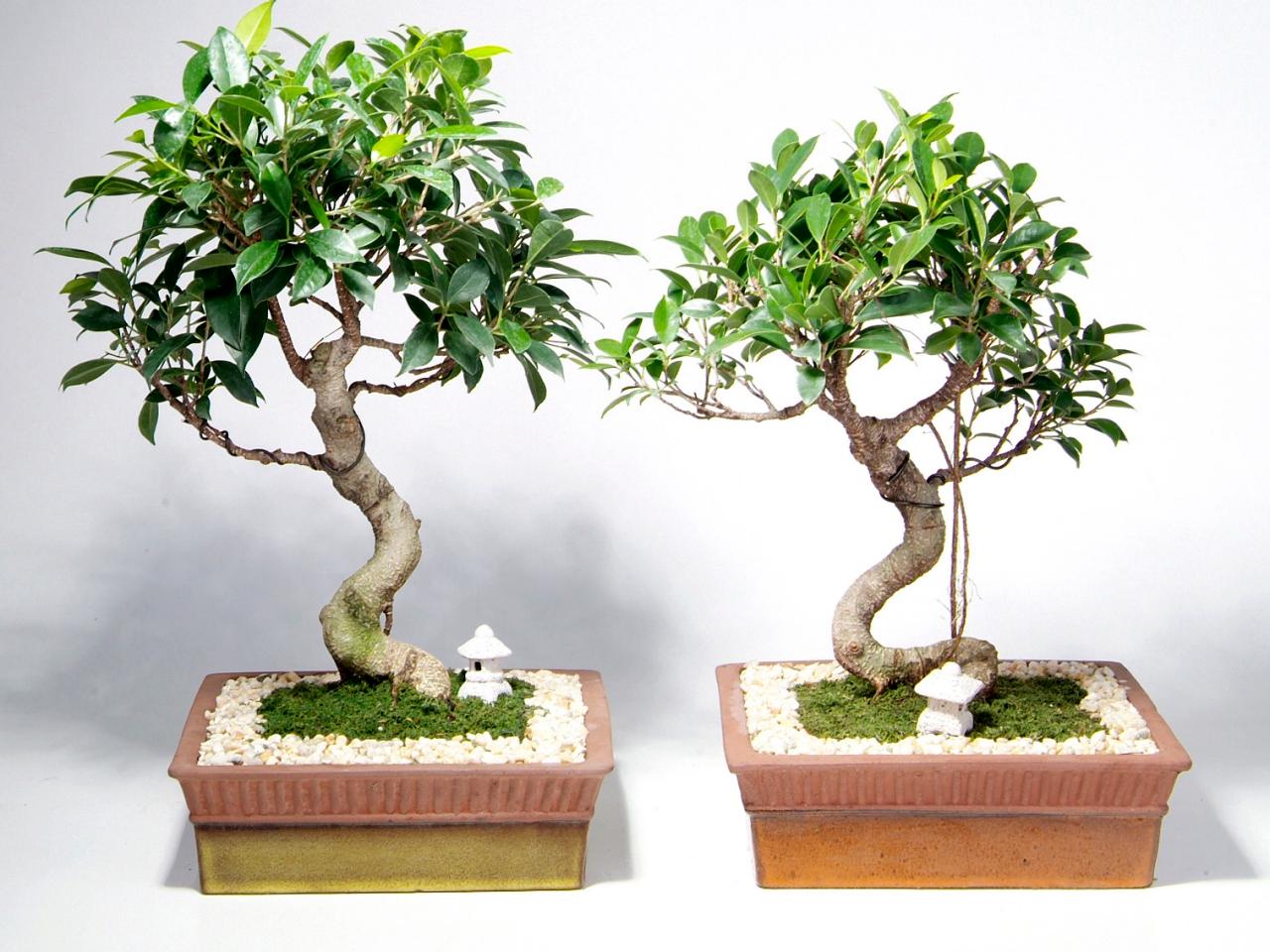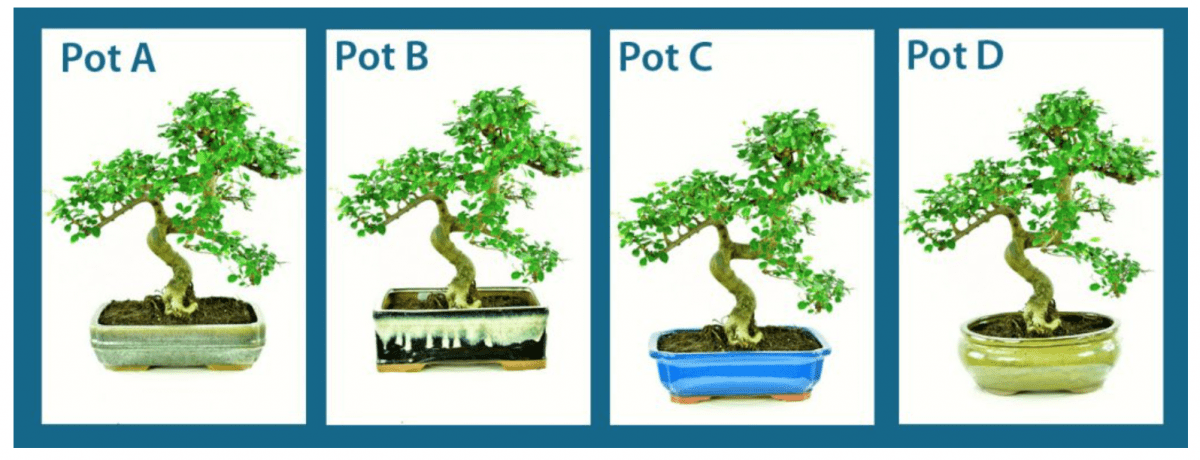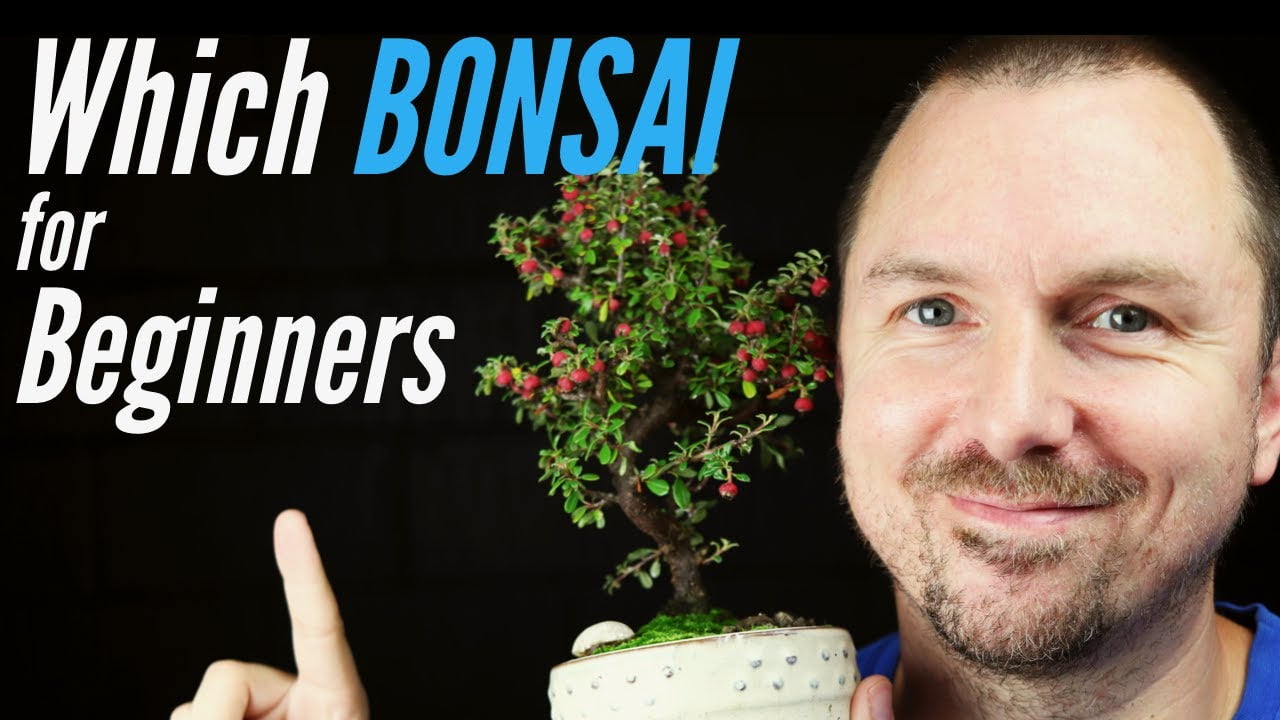So you’ve decided to venture into the world of bonsai, but you’re clueless about which plant would make the perfect miniature companion. Fear not, my fellow horticultural enthusiast! In this article, we will embark on a whimsical journey of garden exploration as we uncover the secrets to finding the ideal plant for your bonsai endeavor.
Prepare to be enchanted by the wonders of this ancient art form and get ready to make your own mini forest dreams come true!
Perfect Plant for Bonsai
Bonsai plants are known for their intricate beauty and artful cultivation. The process of growing and maintaining a bonsai tree requires patience, skill, and a keen eye for detail. But before you embark on this horticultural adventure, it’s important to choose the perfect plant for your bonsai. In this article, we will explore the various considerations and types of bonsai plants to help you make an informed decision.
Consideration Factors for Bonsai Plants
Climate Suitability
When selecting a bonsai plant, it’s crucial to consider the climate in which you live. Certain plants thrive in specific weather conditions, so it’s important to choose a plant that is well-suited for your local climate. After all, you don’t want your beloved bonsai to suffer and wither away due to extreme temperatures or humidity.
Size and Proportions
One of the most captivating aspects of bonsai is its miniature size and proportionality. When choosing a plant, it’s essential to consider the space you have available for your bonsai. If you have limited space, opt for a smaller plant that can be easily maintained and shaped to fit your desired aesthetic. On the other hand, if you have ample space, you might want to consider a larger plant that can provide a grander visual impact.
Growth Habit
The growth habit of a bonsai plant refers to how it naturally grows and develops. Some plants have upright growth habits, while others have cascading or weeping habits. Consider the growth habit that appeals to you and aligns with your bonsai vision. Keep in mind that certain growth habits may require additional training and pruning to achieve the desired effect.
Branching Characteristics
Bonsai trees are renowned for their beautifully structured branches. When selecting a bonsai plant, pay close attention to its branching characteristics. Look for well-spaced branches with a harmonious arrangement. Avoid plants with overly crowded or irregular branching patterns, as they can hinder the overall aesthetics of your bonsai.
Leaf Characteristics
Different plants have varying leaf shapes, sizes, and textures. The leaf characteristics of a bonsai plant play a crucial role in its visual appeal. Some plants have delicate and intricate leaves, while others have bold and vibrant foliage. Consider the leaf characteristics that resonate with you and envision how they will contribute to the overall beauty of your bonsai.
Types of Bonsai Plants
Now that we’ve explored the important considerations for choosing a bonsai plant, let’s delve into the various types of bonsai plants available. Each type offers its own unique beauty and requires specific care and maintenance.
Evergreen Bonsai Plants
Evergreen bonsai plants are known for their year-round lush green foliage. These plants retain their leaves throughout the year, providing a constant source of beauty and vibrancy. Popular evergreen bonsai species include Juniper, Pine, and Azalea.
Deciduous Bonsai Plants
Deciduous bonsai plants, on the other hand, shed their leaves in the fall, offering a stunning display of colors. These plants go through seasonal changes, showcasing the wonders of nature within the confined space of a bonsai. Maple is one of the most popular deciduous bonsai species due to its vibrant autumn colors.
Flowering Bonsai Plants
Flowering bonsai plants are a sight to behold, with their delicate blossoms adding a touch of elegance to any space. These plants bloom at various times throughout the year, providing an ever-changing display of nature’s beauty. Azalea and Ficus are popular choices for flowering bonsai plants.
Fruit Bonsai Plants
If you want more than just visual beauty from your bonsai, consider fruit bonsai plants. These plants produce miniature versions of their fruit, adding a delightful aesthetic and the potential for a tasty treat. Citrus trees, such as Orange and Lemon, are commonly used as fruit bonsai plants.
Conifer Bonsai Plants
Conifer bonsai plants are known for their iconic, needle-like foliage, which remains green throughout the year. These plants provide a sense of tranquility and an association with natural landscapes. Juniper and Pine are popular choices for conifer bonsai plants.
Popular Bonsai Plant Species
Now that we have explored the different types of bonsai plants, let’s take a closer look at some popular bonsai plant species and their unique characteristics.
1. Juniper Bonsai
Appearance and Characteristics
Juniper bonsai is one of the most beloved and iconic bonsai species. Known for its gnarled and twisted trunk, the Juniper bonsai exudes an ancient and mystical aura. Its needle-like foliage and blue-green color add a breathtaking charm to any bonsai collection.
Care and Maintenance
Juniper bonsai plants require a well-drained soil mix and prefer full sun exposure. Regular watering is essential, but be sure not to overwater, as Junipers are susceptible to root rot. Pruning and wiring are necessary to create the desired shape and maintain the characteristic gnarled appearance.

2. Pine Bonsai
Appearance and Characteristics
Pine bonsai, with its iconic triangular silhouette and distinctive bark, is a favorite among bonsai enthusiasts. Its needles, which come in various shades of green, provide an added dimension of visual interest. The Pine bonsai exudes a sense of strength and resilience.
Care and Maintenance
Pine bonsai plants thrive in well-drained soil and require ample sunlight. However, they can tolerate partial shade as well. Regular watering is important, making sure the soil doesn’t dry out completely. Pruning and pinching of new growth help maintain the desired shape and prevent excessive elongation.
3. Maple Bonsai
Appearance and Characteristics
Maple bonsai, famously known for their vibrant autumn colors, bring a fiery burst of red, orange, and yellow to any bonsai collection. Their delicate and intricate leaves add a captivating element of beauty. The Maple bonsai reflects the transient nature of life and the wonders of seasonal changes.
Care and Maintenance
Maple bonsai plants prefer a slightly acidic, well-drained soil. They thrive in dappled sunlight and require protection from scorching heat. Regular watering is essential, avoiding overwatering or allowing the soil to dry out completely. Pruning and leaf trimming help maintain the desired shape and encourage the growth of smaller leaves.
:strip_icc()/conifer-bonsai-5b4a29c9-363681044cd84f8c927adf91f21ed9b2.jpg)
4. Azalea Bonsai
Appearance and Characteristics
Azalea bonsai plants are renowned for their stunning and abundant blossoms. These delicate flowers, which come in various shades of pink, white, and purple, create a breathtaking display of natural beauty. The Azalea bonsai evokes feelings of serenity and grace.
Care and Maintenance
Azalea bonsai plants prefer a slightly acidic, well-drained soil mix. They require bright, but indirect sunlight to avoid scorching their delicate blooms. Regular watering is crucial, ensuring the soil remains evenly moist. Root pruning and pinching of spent blossoms promote vitality and encourage new growth.
5. Ficus Bonsai
Appearance and Characteristics
Ficus bonsai plants are known for their glossy, oval-shaped leaves and twisted trunks, which lend a sense of uniqueness and elegance to any bonsai collection. These versatile plants can be shaped into various styles, making them a popular choice among bonsai enthusiasts.
Care and Maintenance
Ficus bonsai plants require good drainage and prefer bright, indirect light. They are generally tolerant of dry conditions, but regular watering is still necessary. Leaf pruning and wiring help maintain the desired shape and create aesthetic balance within the bonsai.

Choosing the perfect plant for your bonsai is a thrilling endeavor. Consider the climate, size, growth habit, branching characteristics, and leaf characteristics of the plant to ensure a harmonious and visually appealing bonsai.
From the enchanting Juniper and Pine to the vibrant Maple and Azalea, each bonsai plant species offers its own unique beauty and requires specific care and maintenance.
So, take the time to explore and choose a bonsai plant that speaks to your heart, and embark on a horticultural journey filled with beauty, patience, and joy.


